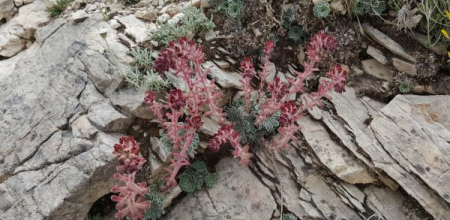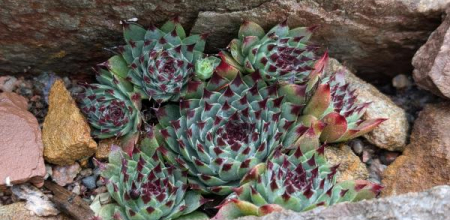Plant of the Month
Plant of the Month
-
Oct, 2024 Crocus nudiflorus
-
Aug, 2024 Geranium cinereum 'Ballerina'
-
Jul, 2024 Adiantum aleuticum
-
Jun, 2024 Trillium cuneatum
-
May, 2024 Fritillaria meleagris
-
Apr, 2024 Tulipa tarda
-
Mar, 2024 Trillium erectum
-
Mar, 2024 Gypsophila repens
-
Jan, 2024 Maihuenia poeppigii
-
Jan, 2024 Allium caeruleum
-
Dec, 2023 Tulipa turkestanica
-
Nov, 2023 Penstemon serrulatus
- ‹ previous
- 2 of 17
- next ›
Androsace sarmentosa
September 2025
Androsace sarmentosa is mostly known in cultivation by its subspecies primuloides. In some literature it is called Androsace primuloides. A synonym name sometimes encountered is A. studiosorum. This species hails from Nepal,Tibet and Pakistan, where is grows in open woodlands and rocky slopes at an elevation of 2700-4000 m. Plants form a loose mat of evergreen rosettes, 1-3 cm in diameter, with somewhat spoon-shaped leaves that are covered in white hairs. The overwintering rosettes are especially silvery in appearance. Each...


